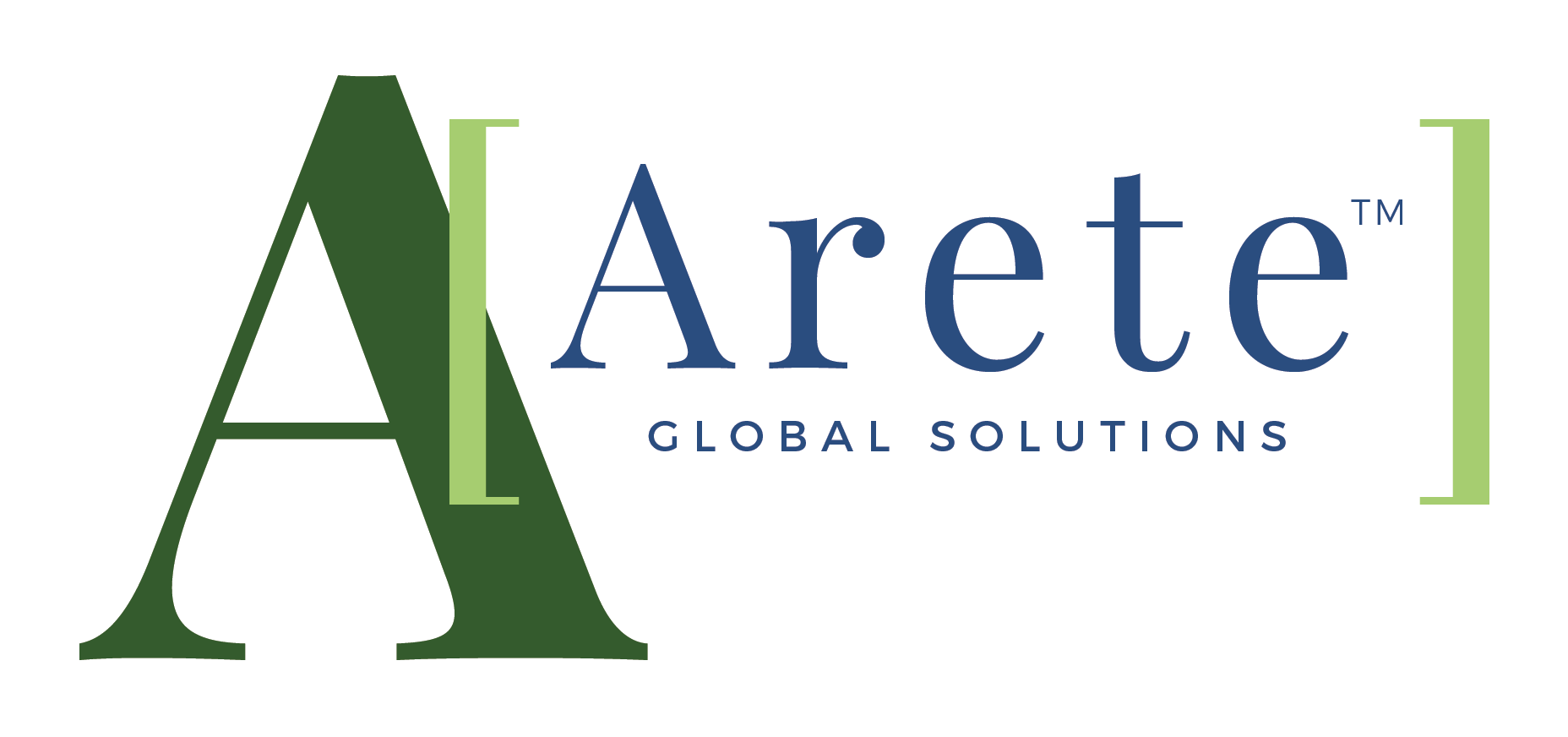This post is the next installment in an ongoing series about areas of READINESS that should be addressed before you start a new project to ensure success.
If an upcoming project includes working with a third-party provider of services or solutions, attention to the vendor relationship is important. You could be preparing for a technology change, such as adding or enhancing a solution delivered as Software as a Service (SaaS) or a solution being custom built for you. Looking critically at your relationship, whether new or well established, should be part of your start up process. This can help you to avoid obstacles, surprises, or conflicts that, at minimum, could cause delays or, worse, cause you to terminate your project.
In the example of a technology change, you have hired the technology company because they have the technical expertise to complete the project. They may have done hundreds of “similar” projects. However, if they are not comfortable with sharing information, meeting you where you are, and building a partnership, that is a red flag. This should be addressed before the project starts.
In this context, you should have or be establishing a strong, delivery related partnership.
The partnership should be a collaborative relationship between organizations. The purpose of this relationship is to work toward shared goals through a division of labor that all parties agree on.
– From elearning.daremightythings.com
Since readiness is focused on preparation and planning for projects, first look at the vendor relationship from this lens. Here are a few topics to consider:
The above falls under the umbrella of governance and project management. Laying out all aspects of your collaborative working relationship and developing the right structure should be part of an early exploratory and negotiation process. There is no one-size-fits-all for either partner, but a right-sizing to fit the attributes of the project, environments and stakeholders is appropriate. Do not forget that there are interested stakeholders from both partners.
I’ve spent a good portion of my career working for technology providers. Here are a few items to consider from the vendor perspective.

There is always a balancing act involved in building, improving, and structuring any vendor relationship, where each of these factors should be considered.

As part of an early readiness assessment, and ideally before contracts are signed, sit down with the vendor and work through the project management and governance set-up. Do not try to limit the effort and time involved in doing this right. This is the foundation on which the project will stand or fall. It’s like building a house with agreed plans and a well-defined working relationship with the participants. When it is done you get what you expected and the journey has the fewest obstacles and conflicts.
I welcome your insights and stories about how you have successfully organized, blended, and right-sized governance processes with your vendors for upcoming or past projects.
Arete Global Solution’s Readiness Assurance model and process can be leveraged to help you assess your preparations for any sized project. It is an organized, thoughtful, detail oriented, and rigorous process to improve preparations and planning. It helps align the vision, objectives, people, tasks and schedule, at the organizational level. Assessing the vendor relationship is performed in the Environmental Feasibility area of the model.
To learn more, visit my Readiness Assurance Services information page or Readiness Assurance At-a-Glance.
My background includes 20+ years working for technology vendors, doing many implementation and integration projects with clients. This was in the FinTech and insurance industries.


